- myFICO® Forums
- FICO Scoring and Other Credit Topics
- Understanding FICO® Scoring
- Optimal point increase, should i AZEO ?
- Subscribe to RSS Feed
- Mark Topic as New
- Mark Topic as Read
- Float this Topic for Current User
- Bookmark
- Subscribe
- Mute
- Printer Friendly Page
Optimal point increase, should i AZEO ?
Is your credit card giving you the perks you want?
Browse credit cards from a variety of issuers to see if there's a better card for you.
- Mark as New
- Bookmark
- Subscribe
- Mute
- Subscribe to RSS Feed
- Permalink
- Report Inappropriate Content
Optimal point increase, should i AZEO ?
Hello everyone, i have 2 revolving accounts at the moment that i want to pay down to get the best score increase. I know theirs individual utilization and aggregate. I have my Cap1 account and CFU account both individual UTI over 50%, i usually pay them both down to under 10%. My total credit is only $800 so my aggregate shouldnt be more than 8.9% ideally correct ? I either want to pay the Cap1 account in full down to 0 or leave 28% or less. Same with the CFU. Would i be okay if i pay down both to just 28% or would i need to pay down CFU for example to 28% and can have Cap1 atleast 8% ?
Im most interested in getting my FICO Autoscores and bankcard scores up.
 Starting Score: 512
Starting Score: 512Current Score: 700
Goal Score: 700+
Take the myFICO Fitness Challenge
- Mark as New
- Bookmark
- Subscribe
- Mute
- Subscribe to RSS Feed
- Permalink
- Report Inappropriate Content
Re: Optimal point increase, should i AZEO ?
@Mdowning30 wrote:Hello everyone, i have 2 revolving accounts at the moment that i want to pay down to get the best score increase. I know theirs individual utilization and aggregate. I have my Cap1 account and CFU account both individual UTI over 50%, i usually pay them both down to under 10%. My total credit is only $800 so my aggregate shouldnt be more than 8.9% ideally correct ? I either want to pay the Cap1 account in full down to 0 or leave 28% or less. Same with the CFU. Would i be okay if i pay down both to just 28% or would i need to pay down CFU for example to 28% and can have Cap1 atleast 8% ?
Im most interested in getting my FICO Autoscores and bankcard scores up.
To optimize your scores you should let the Capital One card report a small balance before you pay it off, while the Chase card reports a zero balance.
The reported balance is the statement balance.

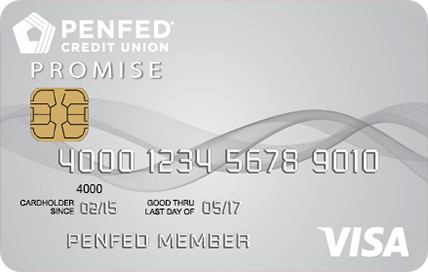



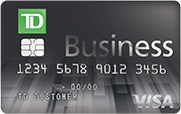
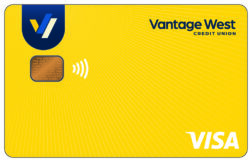
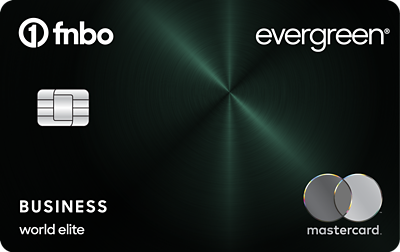
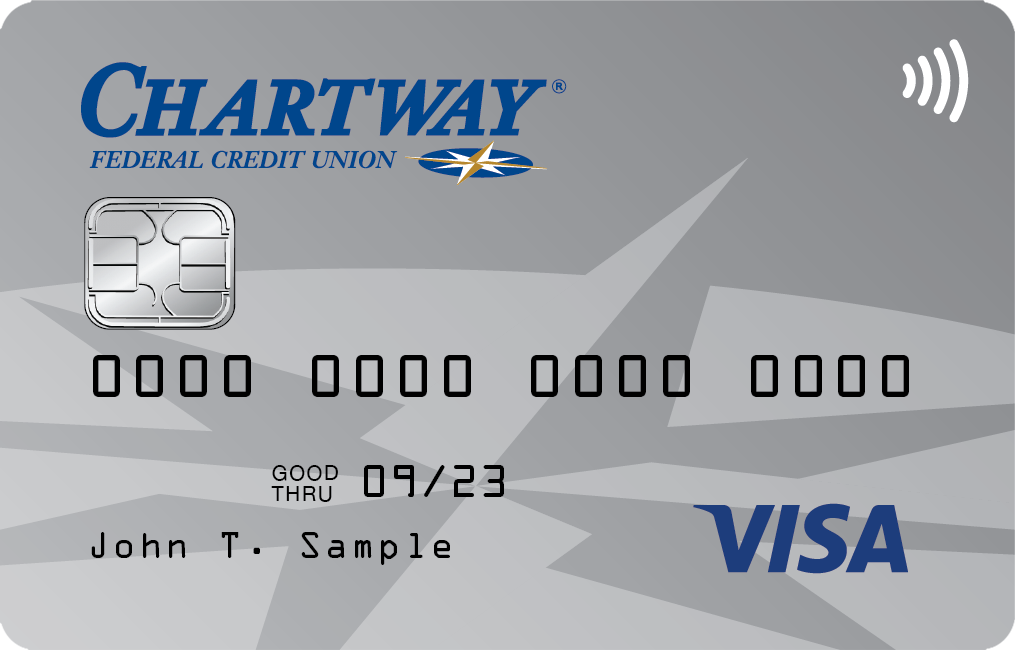


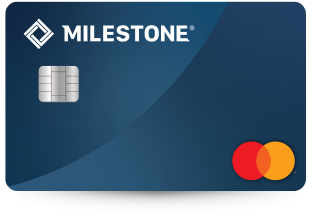
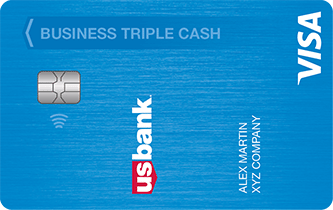

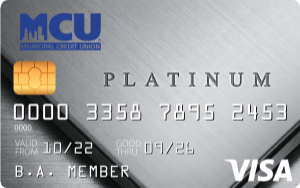
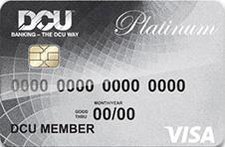
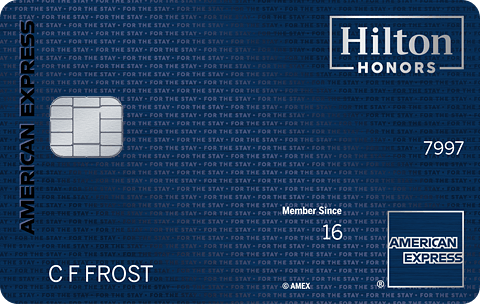
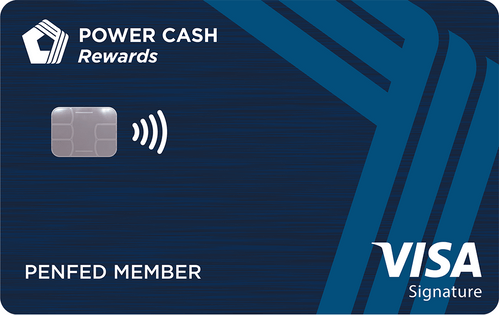
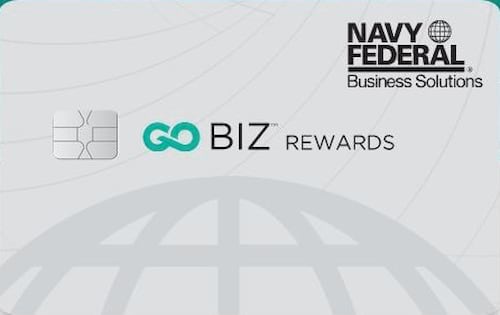
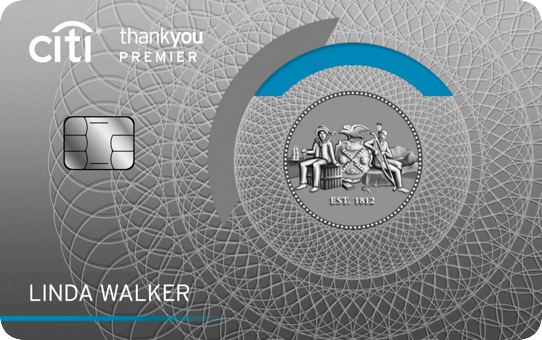
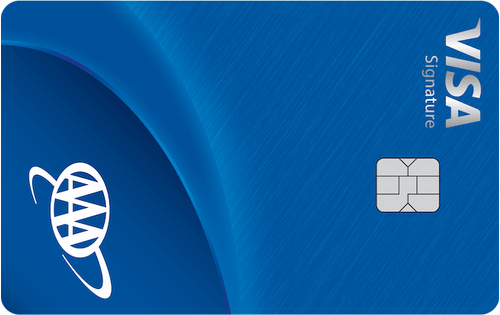
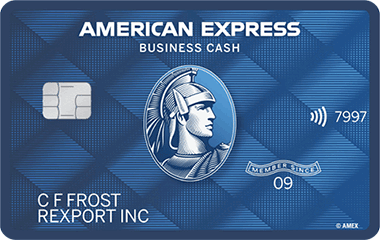
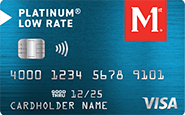
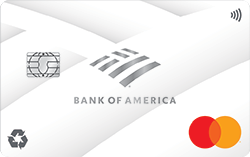


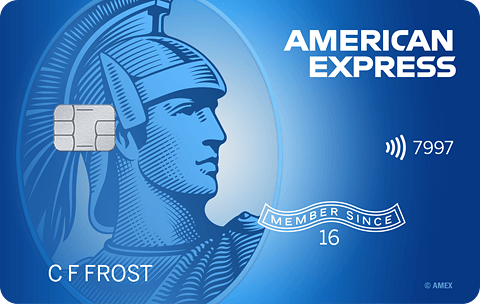
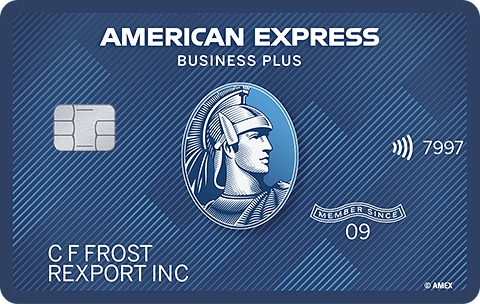



Total revolving limits 568220 (504020 reporting) FICO 8: EQ 689 TU 691 EX 682
- Mark as New
- Bookmark
- Subscribe
- Mute
- Subscribe to RSS Feed
- Permalink
- Report Inappropriate Content
Re: Optimal point increase, should i AZEO ?
Yes the AZEO method will most likely result in a better score than paying both down but leaving a balance on both. AZEO with the one card's balance under 8.9% is ideal, under 28.9% is the next best thing.















- Mark as New
- Bookmark
- Subscribe
- Mute
- Subscribe to RSS Feed
- Permalink
- Report Inappropriate Content
Re: Optimal point increase, should i AZEO ?
Thanks, i was confused on which card to show PIF, so showing leaving a small balance on the Cap1 is actually better than on the Chase.
 Starting Score: 512
Starting Score: 512Current Score: 700
Goal Score: 700+
Take the myFICO Fitness Challenge
- Mark as New
- Bookmark
- Subscribe
- Mute
- Subscribe to RSS Feed
- Permalink
- Report Inappropriate Content
Re: Optimal point increase, should i AZEO ?
@Mdowning30 wrote:Thanks, i was confused on which card to show PIF, so showing leaving a small balance on the Cap1 is actually better than on the Chase.
Chase can be tricky for some as whenever you pay the card to $0 it automatically reports to the CRAs. If you are confident that you can manage that then it doesn't matter which card you leave the balance on.
- Mark as New
- Bookmark
- Subscribe
- Mute
- Subscribe to RSS Feed
- Permalink
- Report Inappropriate Content
Re: Optimal point increase, should i AZEO ?
@SouthJamaica wrote:The reported balance is the statement balance.
Should be.
One time Discover reported my statement balance plus my pending charges. They were not on that statement, still pending after I got the statement, but showed up as part of my balance on the 3B report. ![]() I don't know if it's something Disco does or just a glitch that one time.
I don't know if it's something Disco does or just a glitch that one time.





















 EQ8 781, TU8 764, EX8 776 as of September 9
EQ8 781, TU8 764, EX8 776 as of September 9- Mark as New
- Bookmark
- Subscribe
- Mute
- Subscribe to RSS Feed
- Permalink
- Report Inappropriate Content
Re: Optimal point increase, should i AZEO ?
@mgood wrote:
@SouthJamaica wrote:The reported balance is the statement balance.
Should be.
One time Discover reported my statement balance plus my pending charges. They were not on that statement, still pending after I got the statement, but showed up as part of my balance on the 3B report.
I don't know if it's something Disco does or just a glitch that one time.
Just a glitch.































Total revolving limits 568220 (504020 reporting) FICO 8: EQ 689 TU 691 EX 682
- Mark as New
- Bookmark
- Subscribe
- Mute
- Subscribe to RSS Feed
- Permalink
- Report Inappropriate Content
Re: Optimal point increase, should i AZEO ?
Both Chase and Capital One report reliably. As mentioned, Capital One is easier to work with if you'd like to report a positive balance.
For the best possible score and to avoid any surprises, leave about $5 (not much more) on your Capital One card.